Music Production Knowledge Backlog
Here you can find my latest published content. Use the Search!
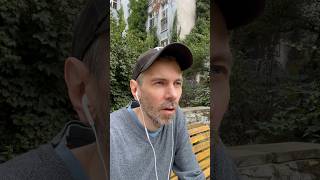
Sep 02, 2023 Tutorial
Over the years, I've picked up a valuable rule of thumb that's relevant not just in music production, but in many areas of life as well. The essence is this: every action you take involves a trade-off. Take sound mixing, for instance. If you crank up the volume on one track, you're inevitably going to drown out the others. Make everything equally loud, and you lose the elements that should stand out. Plus, boosting the volume too much can sacrifice the dynamics and transparency of the whole mix. So, it's all about finding that perfect balance, that sweet spot where you're giving up just enough to achieve the result you're aiming for.
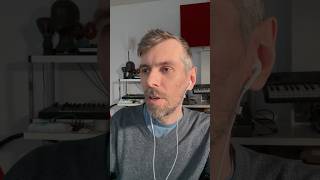
Aug 31, 2023 Tutorial
The person in the video talks about a German saying that if you want something, you find ways, and if you don't want it, you find reasons. They apply this saying to their music productions and explain that instead of buying new plug-ins or gear to solve their problems, it's better to find a solution using what they already have. They believe it's important to get to the root of the problem and solve it rather than relying on new purchases. They suggest viewing new plug-ins and gear as fun toys to play with rather than problem solvers.
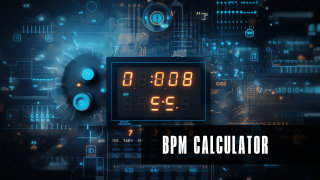
Aug 31, 2023 Webtool
Calculate BPM to ms values for compressor attack and release settings, delays, offsets, or other parameters. You can also derive Hz values to use with pitch or as wavelength values in samplers, delay feedbacks or grain effects.

Aug 31, 2023 Webtool
Calculate BPM to ms values for compressor attack and release settings, delays, offsets, or other parameters. You can also derive Hz values to use with pitch or as wavelength values in samplers, delay feedbacks or grain effects.
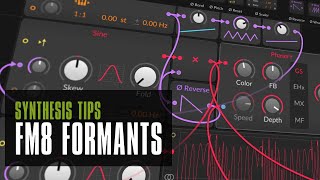
Aug 28, 2023 Tutorial
In this video, I talk about my journey of using FM8 for bass lines and how I incorporated that knowledge into using the Scroll in the Grid. I explain how I used one oscillator for a pure sine bass sound and another oscillator with different wave shapes to create overtones. I show how you can recreate these sounds in the Grid by using formant wave shapes and modulating them with a sine oscillator. I demonstrate the use of filters and phasers to further modify the sound. Overall, I discuss how this journey of experimenting with different techniques allowed me to create interesting and unique bass patches.
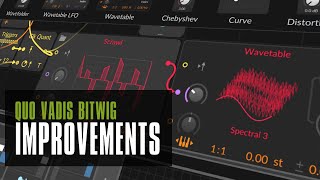
Aug 24, 2023 Tutorial
In this video, I talk about some small changes I would like to see in future versions of Bitwig Studio. I acknowledge that Bitwig Studio is already amazing and I have no complaints about it. However, there are some features that I think could be improved upon. One feature I feel needs some love is the recorder module in the grid. It lacks persistence, meaning that when you save and reload a preset or project, any recorded data is lost. I suggest adding a feature to persist data or introduce a module similar to the sample and hold that can save values.
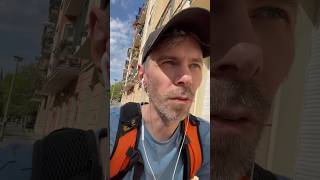
Aug 21, 2023 Tutorial
The video advises against overthinking and encourages taking action instead. It suggests that starting something and not worrying about the outcome is important. If I don't like what I've started, I can simply start fresh and try something new. The process of doing, practicing, and gaining new information can lead to improvement over time. Eventually, I may even realize that what I had initially thought was not so bad after all. The key takeaway is to take action and avoid overthinking.
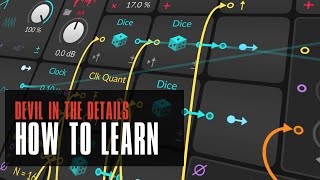
Aug 21, 2023 Tutorial
In this video, I discuss how to learn and understand the grid in music production. Many people have misconceptions that taking a course will make them a professional musician, but that's not how it works. A course can provide the basics, but real learning happens through trial and error, researching and experimenting. I explain that it's important to overcome problems on your own and develop problem-solving skills. It's not about memorizing individual modules, but rather understanding how to use them in different contexts. I emphasize the importance of researching online, reading the manual, and exploring different resources to gain knowledge. I also share my own process of learning, documenting, and experimenting with patches. Learning music production is an ongoing process that involves constant learning and building experience.
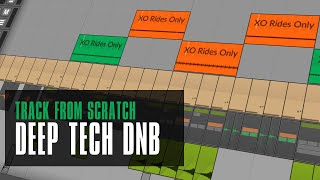
Aug 16, 2023 Tutorial
Discover the art of crafting drum & bass in Bitwig. In this tutorial, we delve into setting the pace at 170 BPM, a typical drum & bass speed, and explore the intricacies of loop creation. We also introduce a custom grid patch named 'Drum & Bass Drums' and demonstrate its sound dynamics. While the patch is available on Patreon, alternatives like random drum bass loop wave files can also be used. The tutorial emphasizes the importance of modulation, the use of different synthesizers for unique bass sounds, and the strategy of building an arrangement progressively. By the end, with minimal compression and limiting, we achieve a deep roller track that's loud and clear. For those interested, the drum preset will be available on Patreon, and there's a possibility of a full track release on Bandcamp in the future.
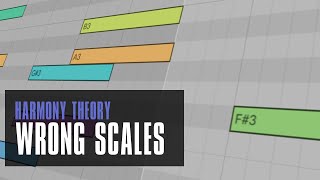
Aug 07, 2023 Tutorial
In today's video, I want to discuss melodies, chords, and scale highlighting features. Somebody commented on my previous video about using a note grid that emits random melodies and modifying it with a key filter to accommodate those who are less familiar with music theory. However, I believe this approach is not feasible because the scale highlighting feature in Ableton Live, for example, can be misleading. When you select the scale feature in Ableton Live, it highlights certain notes in green. For C major, all the white keys are highlighted. However, it also selects other scales and modes such as D Dorian, E Phrygian, and so on.
previous | next








